Market Share
Arterial Blood Collection Devices Market Share Analysis
In the Arterial Blood Collection Devices Market, companies employ various strategies to position themselves effectively and gain market share. One primary strategy revolves around product innovation and differentiation. Companies invest heavily in research and development to create advanced arterial blood collection devices that offer improved performance, ease of use, and patient comfort. These innovations may include features such as safety mechanisms to reduce the risk of needlestick injuries, integrated sensors for real-time monitoring of blood parameters, or ergonomic designs for enhanced usability. By offering unique and superior products, companies can stand out in the market and attract healthcare providers seeking reliable and efficient arterial blood collection solutions.
Pricing strategy is another critical aspect of market share positioning within the Arterial Blood Collection Devices Market. Some companies opt for competitive pricing strategies, aiming to capture market share by offering their devices at lower prices compared to competitors. This approach is particularly effective in price-sensitive segments of the market where cost considerations play a significant role in purchasing decisions. Conversely, other companies may adopt premium pricing strategies, positioning their devices as high-quality options that offer advanced features and superior performance. This allows them to target customers who prioritize quality and are willing to invest in the best available arterial blood collection devices.
Distribution channels also play a crucial role in market share positioning. Companies may focus on expanding their distribution networks to ensure widespread availability of their arterial blood collection devices. This might involve partnering with medical device distributors, healthcare suppliers, or hospital networks to reach a broader audience of healthcare providers. Additionally, companies may invest in digital distribution channels, such as online marketplaces or e-commerce platforms, to enhance accessibility and convenience for customers seeking arterial blood collection devices.
Marketing and branding strategies are essential for establishing a strong market presence and gaining market share in the Arterial Blood Collection Devices Market. Companies often invest in building reputable brands that are synonymous with reliability, accuracy, and safety. This could involve developing targeted marketing campaigns, sponsoring medical conferences and events, or collaborating with key opinion leaders in the field. By positioning themselves as leaders in arterial blood collection technology and emphasizing the benefits of their devices, companies can attract the attention of healthcare providers and differentiate themselves from competitors.
Strategic partnerships and collaborations are instrumental in expanding market share within the Arterial Blood Collection Devices Market. Companies may form alliances with healthcare institutions, research organizations, or regulatory bodies to leverage complementary expertise and resources. These partnerships can facilitate collaborative research projects, joint product development initiatives, or co-marketing efforts to raise awareness about available devices. By working together with strategic partners, companies can strengthen their position in the market and gain a competitive advantage.
Furthermore, customer-centric strategies are increasingly important in market share positioning within the Arterial Blood Collection Devices Market. Companies must understand the needs and preferences of healthcare providers and patients and tailor their devices and services accordingly. This could involve offering comprehensive training and support programs, providing customizable device configurations, or implementing user-friendly features to streamline the arterial blood collection process. By focusing on delivering value and improving user experience, companies can build trust and loyalty among customers, ultimately driving market share growth.
Lastly, regulatory compliance and quality assurance are paramount in the Arterial Blood Collection Devices Market. Companies must ensure that their devices meet stringent regulatory standards and undergo thorough testing to ensure safety, accuracy, and reliability. By adhering to regulatory requirements and maintaining high-quality standards, companies can build trust and confidence among customers and stakeholders, which is essential for gaining market share and sustaining long-term success in the Arterial Blood Collection Devices Market.

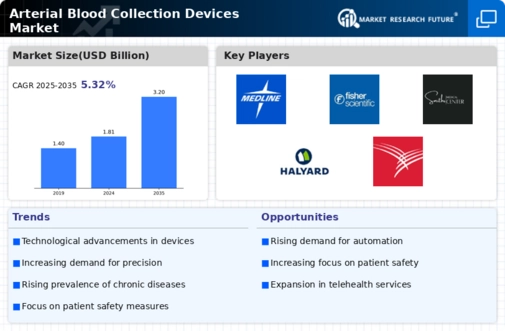
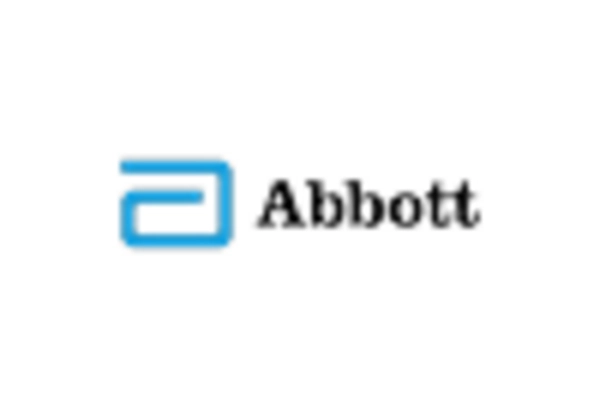
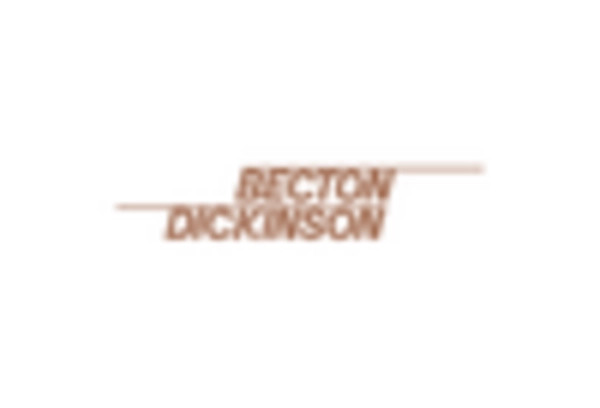
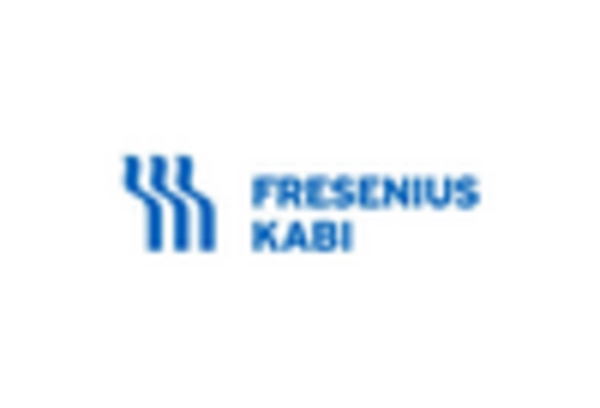
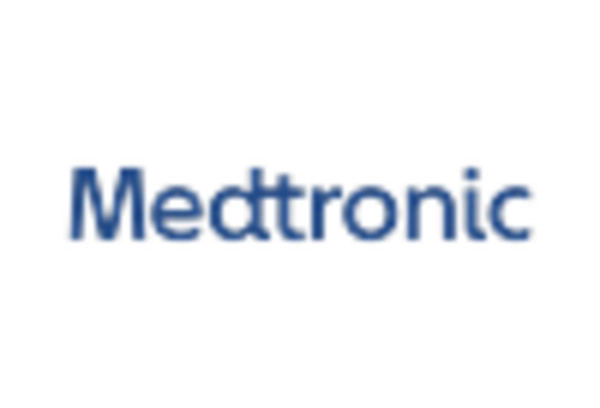
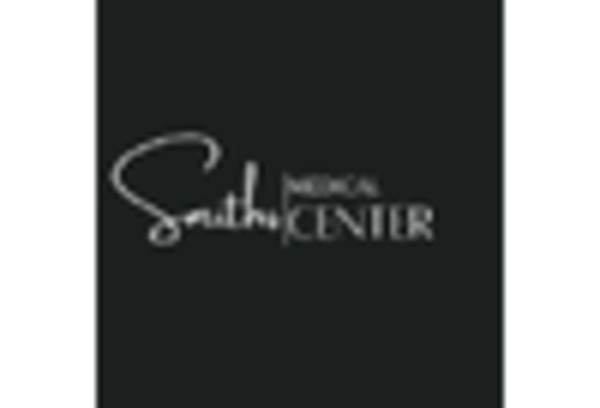
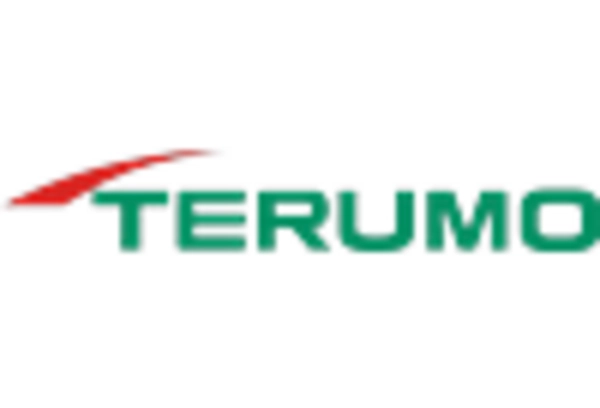









Leave a Comment